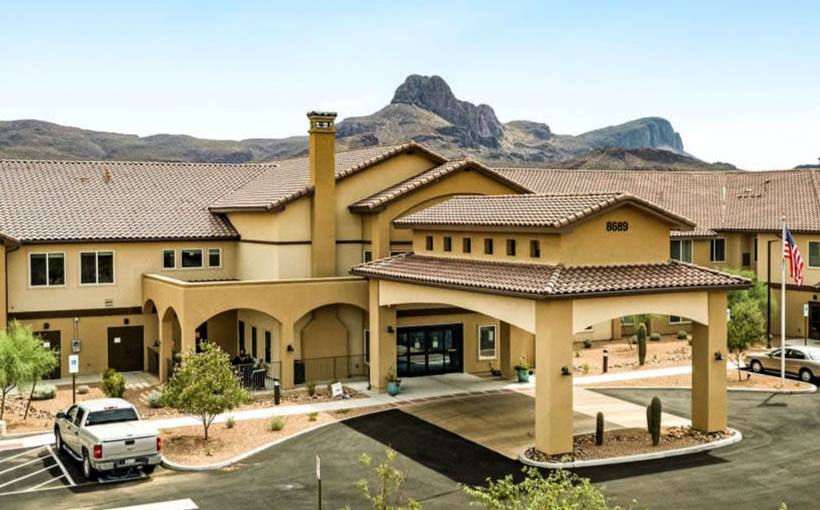Today’s financial crisis is hardly that grim, though it does share some similarities with the economic collapse of the 1930s — both were preceded by a housing boom, a long period of cheap credit and a falling stock market. But those same similarities may offer some reassurance.
What was then economic calamity is today a history lesson. This time, America has been through it before, and there’s a guide, at least for mistakes to be avoided as the nation’s leaders try to prevent another catastrophe.
Economists have spent decades dissecting the Great Depression. Their findings demonstrate the crippling effect fear has on economic decisions, the tremendous cost of not acting quickly and the risk of damaging the larger economy in efforts to make individuals pay for financially irresponsible investments.
“The number of people with personal memory of the Great Depression is fast shrinking with the years,” one noted expert said in 2004 in a speech at Washington and Lee University. “However, although the Depression was long ago… its influence is still very much with us.”
That expert was Ben Bernanke, a former Princeton University professor and an expert on causes of the Depression. He’s now the chairman of the Federal Reserve.
Today economists partly blame the Fed for the Depression because it raised interest rates even as the economy was slowing in the late 1920s. Then when banks began to fail, it took a hands-off approach.
But if those policymakers were able to speak up now, they could offer at least one defense of their actions: How were they supposed to know?
“In the Great Depression, what the Fed did at the beginning was to tighten interest rates. It took a long time to essentially recognize the magnitude of the problem, but of course it was a problem we had not had before,” said Robert Aliber, a University of Chicago professor emeritus who’s written on financial panics.
Today’s policymakers and lawmakers know better, or at least they should. They’ve had the benefit of studying not just the Great Depression, but numerous other financial crises, both in the U.S. and abroad.
They also have tighter regulation of financial markets, bank deposit insurance and other policies that were adopted to prevent history from repeating itself.
The current panic has pushed the economy to the edge of a cliff. In the Depression, it plunged off.
During the 1920s, stock prices had more than quadrupled. But on Oct. 28, 1929, the Dow Jones average fell 13 percent in a single day, another 12 percent the next and 10 percent more a few days later.
Stocks bottomed out in 1932 — down 80 percent from the peak.
Millions of people lost their jobs, with unemployment reaching 25 percent in 1933.
The banking system went into convulsions. About 9,000 banks failed in panics between 1930 and 1933, and hundreds of others were closed by the Roosevelt administration in the first days of its term.
The nation’s economic output plunged by a third.
The underlying causes were different than today’s crisis, but the two time periods share important similarities.
America in the 1920s was swept up in a boom. In some respects, it was a bubble, one that was bound to pop.
The bubble was clearly evident in real estate, most notably in Florida. It was cheap to borrow, and investors plowed money that wasn’t theirs into new cities fashioned out of swamps, hoping to take advantage of sharply rising housing prices. When land values began to fall, they couldn’t make payments, squeezing banks.
Fed policymakers viewed the soaring stock prices of the 1920s as fueled by immoral speculation. They responded by raising interest rates in an effort to restrict the supply of cheap cash.
The Great Depression also was characterized by a growing sense of mistrust and fear among major players in the economy — another phenomena increasingly seen today.
Consumers and businesses who had relied on cheap credit were struggling. The prices of the goods they made and sold were dropping, and many began to default on their loans. Scores of banks went bust.
At that point, the 30-year home loan had not been developed. Most people had loans they needed to renew every five years. But with some banks out of business, they had nowhere to go. Banks still afloat called in loans to protect themselves. But that just made the situation worse, as the economy began to freeze up.
As the problems grew worse, policymakers were trapped by their own “liquidationist” viewpoint.
Andrew Mellon, treasury secretary during the Hoover administration, advocated allowing the free market to punish reckless investors. To cure excesses of easy credit, he said, “the rottenness should be purged out of the system.”
In trying to make sure that people paid for their mistakes, the Fed allowed the financial system to deteriorate. The belief that government should keep its hand out of the market has been echoed this week in Washington.
“When you hear what people in the House of Representative are saying, it sounds to me like a voice of the past,” said Elmus Wicker, a retired Indiana University professor and expert on banking panics of the Great Depression. “All of those people… saying it’s better to do nothing sounds to me exactly like Herbert Hoover.”
Today’s economy “is much more developed then we were then. We are many times richer. We have a very good safety net in place. They had none,” said Michael Bordo, a professor of economics at Rutgers University who’s an expert in financial crises.
There’s a danger in citing the Great Depression now because you don’t want to scare people, Bordo said. The current crisis is probably more comparable to what happened in Japan in the 1990s, when a huge real estate bubble burst, and it took a decade of economic stagnation for the government to address the problem.
History hasn’t been kind to Herbert Hoover, who is often derided for failing to act as the Depression began. In fact, Hoover did take action. He just didn’t take strong enough action or do so quickly enough.
The Bush administration and Bernanke have taken some heat in the past year for reacting to events, rather than moving to prevent problems.
Their actions included the brokering of a deal to shoulder much of the burden for the collapse of Bear Stearns this past spring, but only after the firm had fallen apart.
“As the bits and pieces of the system have begun to fail, it’s clear that the Treasury and the Fed have not engaged in any scenario playing. They had not asked the question: What are we going to do if? They waited until the event occurred and then they thought about it,” Aliber said.
But that changed two weeks ago with the government’s decision to bail out insurance giant American International Group, demonstrating a determination to get in front of problems, economists said.
“We are not about to repeat the mistakes of the Great Depression,” said Peter Temin, an economic historian at the Massachusetts Institute of Technology.
The past also reminds us of a time when worries about banks rattled deposit holders. Within days of being sworn in as president in early 1933, Franklin D. Roosevelt responded by ordering a bank holiday. Every bank was closed for a week, and an army of examiners was dispatched to scrutinize their books.
One of every six banks never reopened. But the clean bill of health awarded to the many others helped restore confidence in banks.
Economists still debate just what steps ended the Depression, and whether it was Roosevelt’s New Deal policies or World War II spending that revived the economy.
The controversial plan debated this week in Congress follows a similar principle: trying to assure the solvency of Wall Street firms by taking all the toxic debt off of their books.
“The solvency problem drives the fear, and the fear leads to the seizing up,” Bordo said.
Critics attacked the plan pushed by President Bush, arguing that it would unfairly reward Wall Street companies largely responsible for the current mess.
“The problem is because the financial system is the lifeblood of the whole economy, and if the financial system is paralyzed, then everybody is paralyzed,” Bordo said. “That’s the reason we have to treat them differently.
Author: Adam Geller
















